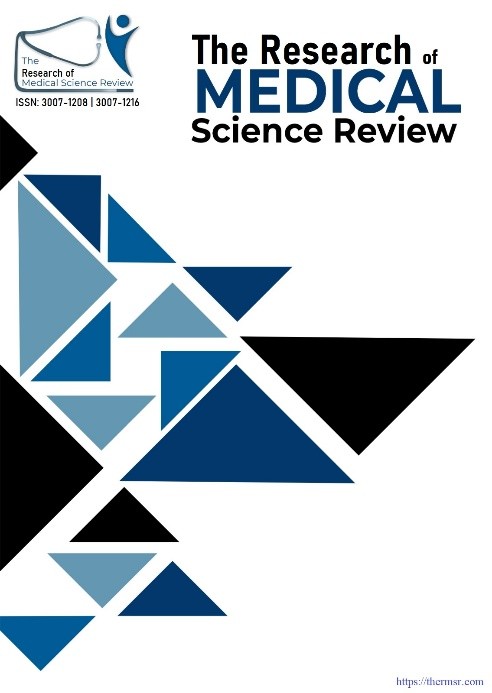ASSOCIATION OF SINGLE NUCLEOTIDE POLYMORPHISMS OF CDH1 GENE WITH BREAST CANCER: AN IN-SILICO APPRAOCH
Main Article Content
Abstract
Breast cancer, being the second most commonly found form of cancer in females, has become a major focus of research in recent decades. Multiple genes contribute to its incidence. Among these, CDH1 being involved in cell adhesion of epithelial tissues, is reported to have strong association with breast cancer. In current study, coding sequence (CDS) of wild-type CDH1 gene and its seven single nucleotide polymorphisms (SNPs) were retrieved from ENSEMBL database. Mutated CDS were constructed manually. These mutated sequences were analyzed through different tools like PROTPARAM, SOPMA and SWISSMODEL server in order to check the effect of SNPs on physicochemical attributes and secondary (2D) and tertiary (3D) configuration of protein. P160X, T279X and E463* impacted the physical and chemical properties of protein. Lowest number of amino acids. i. e., 213 was contributed by P160X. Considerable variation in pI (10.41 and 8.64) and instability index (46.17 and 42.49) was contributed by these frameshift deletion mutations. These same variants also induced deviation in alpha helix (18 and 17), extended sheet (62 and 86) and random coil (133 and 177) proportions of mutated proteins. All variants altered the 3D configuration of protein particularly P160X and T279X. These SNPs reduced the level of complex folding in mutated forms as compared to the wild type protein. Hence, the frameshift deletion mutations analyzed in current study, P160X and T279X might be recommended as biomarkers for breast cancer as they might play deterministic role for this disease.
Downloads
Article Details
Section

This work is licensed under a Creative Commons Attribution-NonCommercial-NoDerivatives 4.0 International License.
